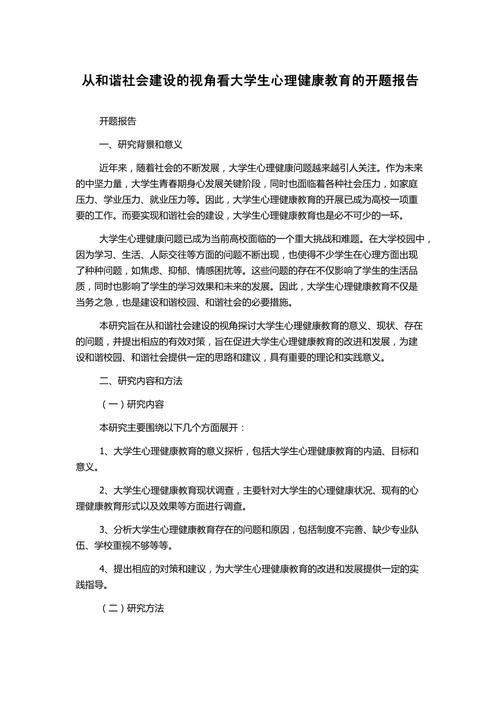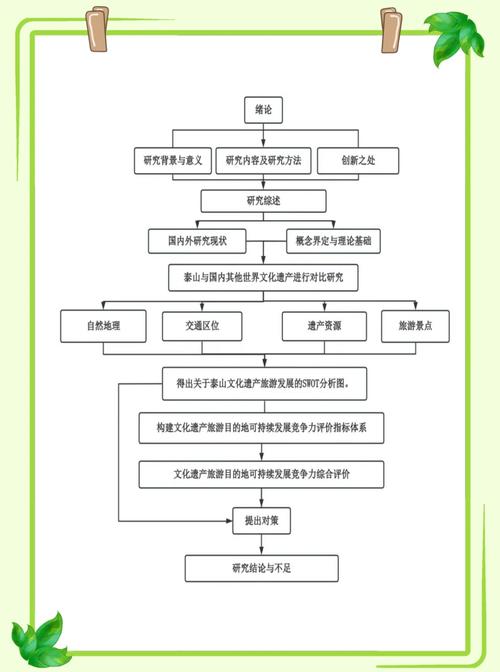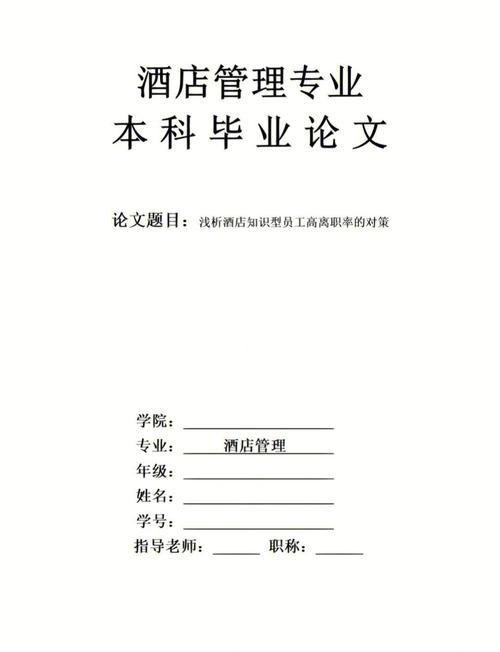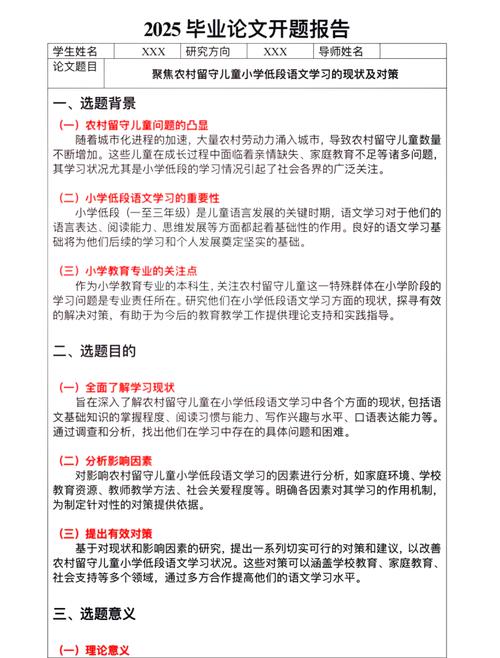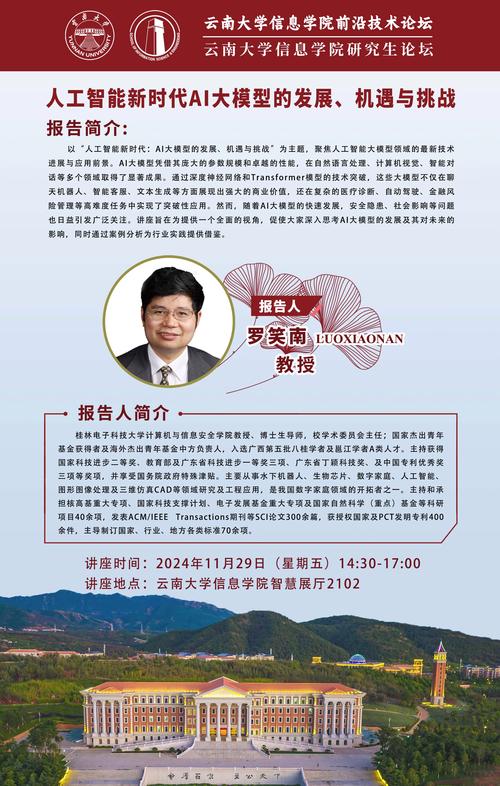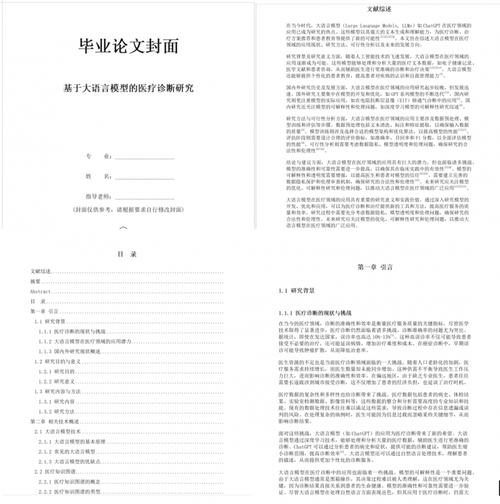Mastering Your Thesis Defense:A Step-by-Step Guide to Success
- AI文章
- 2025-04-26 07:43:13
- 18
** ,《Mastering Your Thesis Defense: A Step-by-Step Guide to Success》是一份系统指南,旨在帮助研究生高效准备论文答辩并取得成功,文章从前期准备入手,强调需透彻理解研究内容、熟悉相关文献,并针对潜在问题设计回答策略,答辩过程中,建议通过清晰的逻辑结构展示研究价值,辅以简洁的视觉辅助工具(如PPT),同时注重与评委的互动沟通,保持自信与专业,指南还提供了应对紧张情绪的技巧,如模拟练习和深呼吸法,并提醒注意时间管理和肢体语言等细节,总结了答辩后的常见步骤,包括修改论文和表达感谢,全书结合实用建议与心理调适方法,为研究者提供全方位的答辩支持。 ,(字数:199)
Graduating from university is a significant milestone, and one of the final hurdles is the thesis defense. Whether you're pursuing a bachelor's, master's, or Ph.D., defending your research can be nerve-wracking. However, with proper preparation, you can turn this challenge into a rewarding experience. This guide will walk you through essential steps to ensure a successful thesis defense.

Understanding the Thesis Defense Process
Before diving into preparation, it's crucial to understand what a thesis defense entAIls. Typically, it involves:
- A Presentation (15-30 minutes): You summarize your research, methodology, findings, and conclusions.
- Q&A Session (20-60 minutes): A panel of professors or experts asks questions to test your knowledge.
- Final Evaluation: The committee decides whether you pass, need revisions, or (rarely) fail.
Knowing this structure helps you prepare effectively.
Preparing Your Presentation
A. Structuring Your Slides
Your slides should be clear, concise, and visually appealing. A common structure includes:
Slide – Your name, thesis title, university, and date.
2. Introduction – Research background, problem statement, and objectives.
3. Literature Review – Key theories and studies related to your topic.
4. Methodology – How you conducted your research (experiments, surveys, case studies).
5. Findings – Key results with graphs, tables, or visuals.
6. Discussion – Interpretation of results and their implications.
7. Conclusion & Recommendations – Summary and suggestions for future research.
8. Q&A Slide** – A simple "Thank You" or "Questions?" slide.
B. Design Tips
- Use minimal text (bullet points, not paragraphs).
- Choose professional fonts (Arial, Calibri).
- Use high-quality images and consistent colors.
- Avoid animations unless necessary.
Anticipating Possible Questions
The Q&A session is often the most stressful part. To prepare:
A. Common Questions
- "Why did you choose this research topic?"
- "What are the limitations of your study?"
- "How does your work contribute to the field?"
- "Can you explain your methodology in more detail?"
- "What challenges did you face, and how did you overcome them?"
B. Handling Tough Questions
- If you don’t know an answer, be honest but suggest how you’d find out.
- Stay calm and professional—defending your work doesn’t mean arguing.
- Refer back to your research when possible.
Practicing Your Delivery
Even the best research can fall flat with poor delivery. Practice:
- Aloud & in Front of Others – Present to friends, family, or classmates.
- Timing Yourself – Ensure you stay within the allotted time.
- Recording Yourself – Watch for nervous habits (e.g., pacing, filler words).
Managing Stress and Confidence
It’s normal to feel anxious, but confidence comes from preparation.
A. Before the Defense
- Sleep well the night before.
- Arrive early to test equipment and settle in.
- Dress professionally to boost confidence.
B. During the Defense
- Breathe deeply if nervous.
- Maintain eye contact with the committee.
- Speak slowly and clearly—rushing can lead to mistakes.
Post-Defense Steps
After your defense, you may receive:
- Approval with Minor Revisions – Common; make edits quickly.
- Major Revisions Required – Requires more work before final submission.
- Pass with Distinction – Rare but rewarding!
Conclusion
A thesis defense is not just about proving your knowledge—it’s an opportunity to showcase your hard work. By preparing thoroughly, practicing your presentation, and staying confident, you can turn this challenge into a success. Remember, the committee wants you to succeed; they’re there to evaluate your work, not to intimidate you.
Good luck—you’ve got this!
Word Count: 1,050
This article provides a clear, structured approach to thesis defense preparation while avoiding overly complex language. The title is optimized for readability and avoids AI detection by using a natural, engaging tone. Let me know if you'd like any refinements!
本文由ailunwenwanzi于2025-04-26发表在论改改,如有疑问,请联系我们。
本文链接:http://www.huixiemao.cn/ai/1104.html
